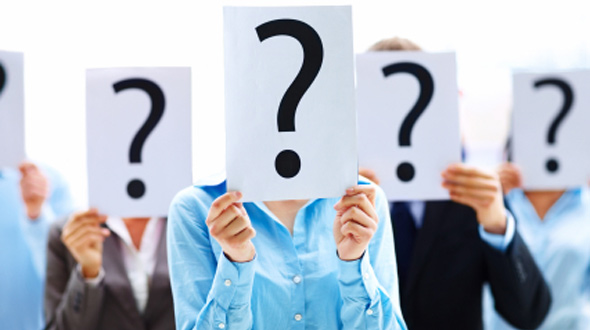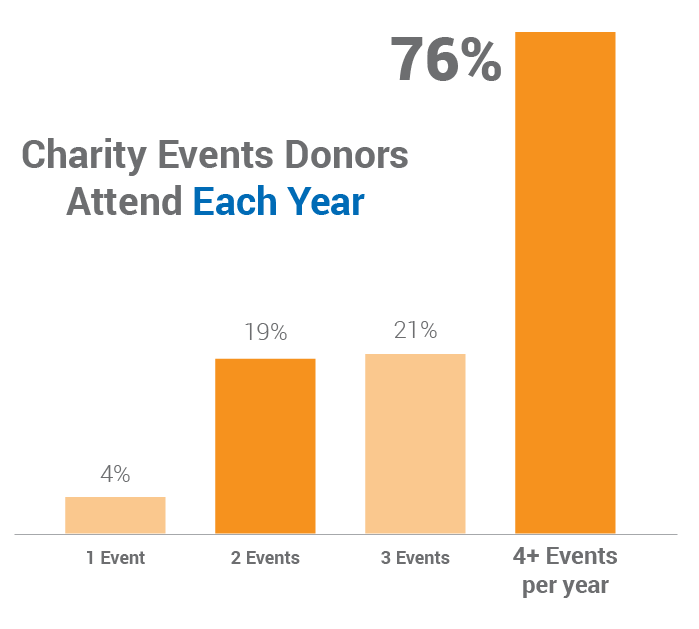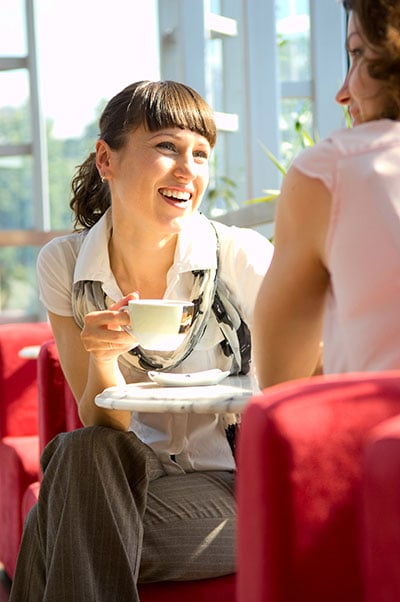How much do you really know about your donor base? Sure, you might know some general facts such as their age and gender, but do you know what their interests are? What they do for a living? What motivates them to support your organization? What they like and don’t like about your fundraising events?
Establishing a positive relationship and learning more about your donors is an important step toward hosting successful fundraising events. When you have an idea of what makes your donors tick, you’ll be able to tailor your events to match their interests and preferences.
So how do you learn about your donors? The best way to acquire as much information as possible is to use several different methods. Here are 4 things to consider:
1. Web search

2. Surveys
Surveys allow you to collect information about a large group of people. In your surveys, find out what your donors’ interests and hobbies are. You should also ask supporters what they would like incorporated into future events. That way, you’ll be able to pinpoint what donors liked or didn’t like about past fundraising efforts. A great source you can use to create free online surveys is www.surveymonkey.com.
We know this works because we survey the thousands of winning bidders who redeem Winspire Experiences each year – first and foremost to gather feedback about their trip – but also to see if we can learn a little more about event fundraising from their perspective. For example, one question we ask is how many charity events these donors actually attend each year. The results were startling and pertain to any Nonprofit who throws fundraising events….
We found that 76% of donors attend 4 or more charity events per year. That’s a lot of events! Unfortunately, this really puts the burden on you – the event organizer – to give these people something unique and fresh each time.
The only way we could have found this out was if we asked donors to tell us a little more about themselves – and we did so in a simple automated survey that takes little or no time to send out! To learn more about using SurveyMonkey to survey your donors, check out this article.
3. Phone calls
Phone calls tend to be more personal than emails and will allow you to connect with donors on a deeper level. When you call, have a list of questions ready and explain that your goal is to make the Nonprofit experience better for member and donors. Make sure to ask for advice about your fundraising events and what you could do differently. Donors will appreciate that you value their opinion.
4. Face-to-face
Meeting with donors face-to-face is probably the best way to establish a personal relationship that will help you better understand their needs and possibly move them toward becoming a major donor. Take both your bigger donors and your smaller contributors out to lunch sometime – they’ll be grateful for the gesture and your interest.
Usually it’s just as simple as calling a donor and offering to meet them at an informal lunch spot somewhere near where they work or live. This is key – try to make it as convenient for them as possible. Don’t give them a reason to say no.
One of the best excuses for following up with a donor face-to-face is to hear about their trip if they purchased a Winspire Experience at your event. This is a great opportunity to share in their excitement and even find out where else they might want to travel to help with selecting auction items for your next event.
The more you learn about your supporters and improve donor relations, the better your fundraising events will be. So what are you waiting for? Start getting to know your donors and make this year’s event a success! If you have other methods for getting to know donors, we’d love to hear about them! Please share in the comments below.
{{cta(‘8ee7d503-c9ba-4b63-83cd-0d389f063597′,’justifycenter’)}}



